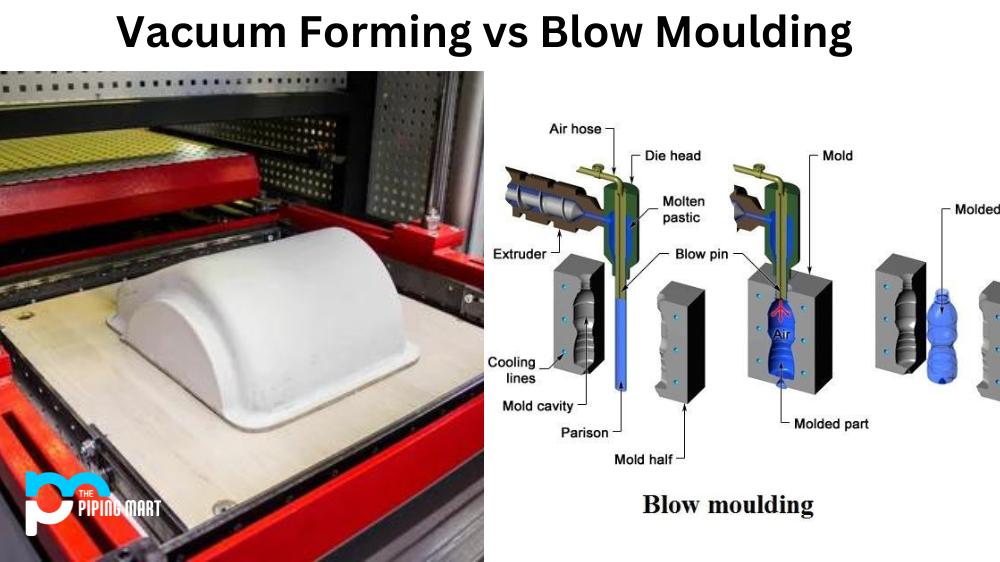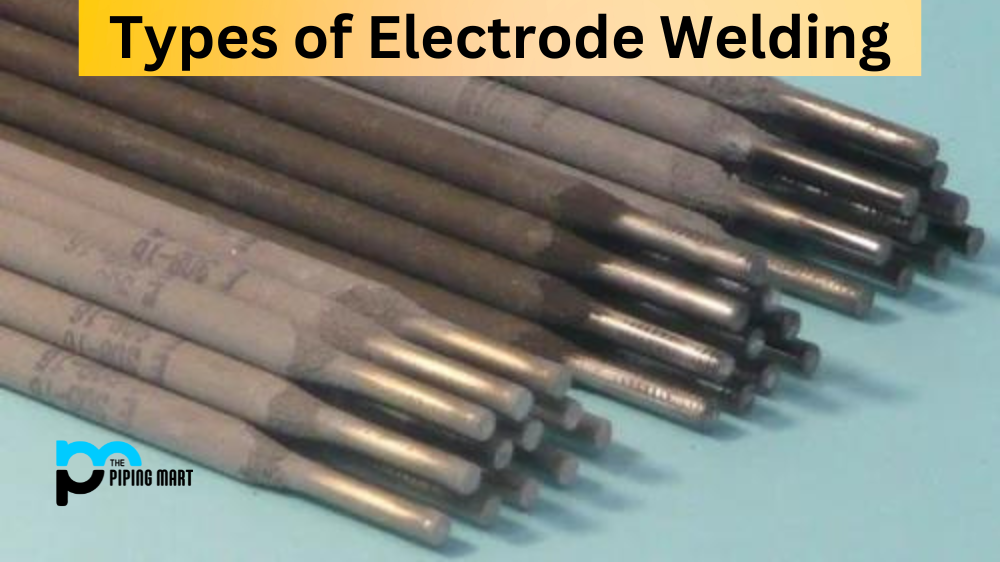Steel has been the most popular iron alloy and has been mechanizing our industries for several decades, replacing other iron compositions, thanks to its strength, affordability, and ease of manufacture. Even Steel, the foundation of our civilization, is developing to keep up with newer requirements and technologies.
Along with certain other, more expensive metals, polymers have been at the forefront of materials technology, changing numerous sectors. But Steel is just a little behind. Scientists are developing fresh ideas and methods to improve iron alloy and make it stronger, lighter, and more durable. To produce Steel in a new way, scientists alloyed Steel with titanium, a metal that is heavily used in mission-critical industries like aerospace. The tenth most common metal in the crust of the Earth is titanium.
The Concept
A significant development was made by material scientists at Pohang University of Science and Technology, who produced a new kind of flexible, solid, light titanium steel. The strength-to-weight ratio of this new alloy is comparable to that of the toughest tempered titanium alloys. However, due to its smaller proportion, titanium costs one-tenth as much to produce as Ti alloys. According to the researchers, the new alloy has a wide range of applications in the automotive, aerospace, building, and related industries.
What Makes It Steel-Titanium Special
Researchers from the Soviet era discovered that Steel became an extreme and lightweight metal when aluminium was added to it in the 1970s. But a brittle fracture was an issue. Even though the fracture happened at extremely high force limitations, once that limit was reached, Steel would break rather than bend (bent Steel is less hazardous).
This brittleness results from the fact that many atoms from both Aluminum and Steel would inevitably fuse to form solid and crystalline structures that would break beyond a certain point when alloyed. Here, it is intended to incorporate substances that would stop the crystalline structure from splintering.
The scientists worked to control how and where the crystals formed by heat treating and then thin rolling the aluminium steel. The team also found that adding a small amount of nickel provided even more control over the crystalline structure’s characteristics. The South Korean team asserts that because higher temperatures were involved, adding titanium atoms to the alloy of aluminium and Steel completely prevented the creation of crystalline structures. The new material would now flex rather than break when it reached a specific limit, completely avoiding brittleness. The new alloy has a higher strength-to-weight ratio because it is lighter and 13% less dense than Steel.
Challenges
However, before it can be mass-produced, researchers must address a significant production problem – steelmakers currently cover and protect mass-produced Steel from oxidation and contamination with a silicate layer. However, since silicate has the propensity to react with aluminium at lower temperatures, it cannot be used to produce the new steel-titanium alloy in large quantities. A new defence strategy is being developed.

Pipingmart is B2B portal specializes in industrial, metal and piping products. Also, share latest information and news related to products, materials and different types grades to help business dealing in this industry.




